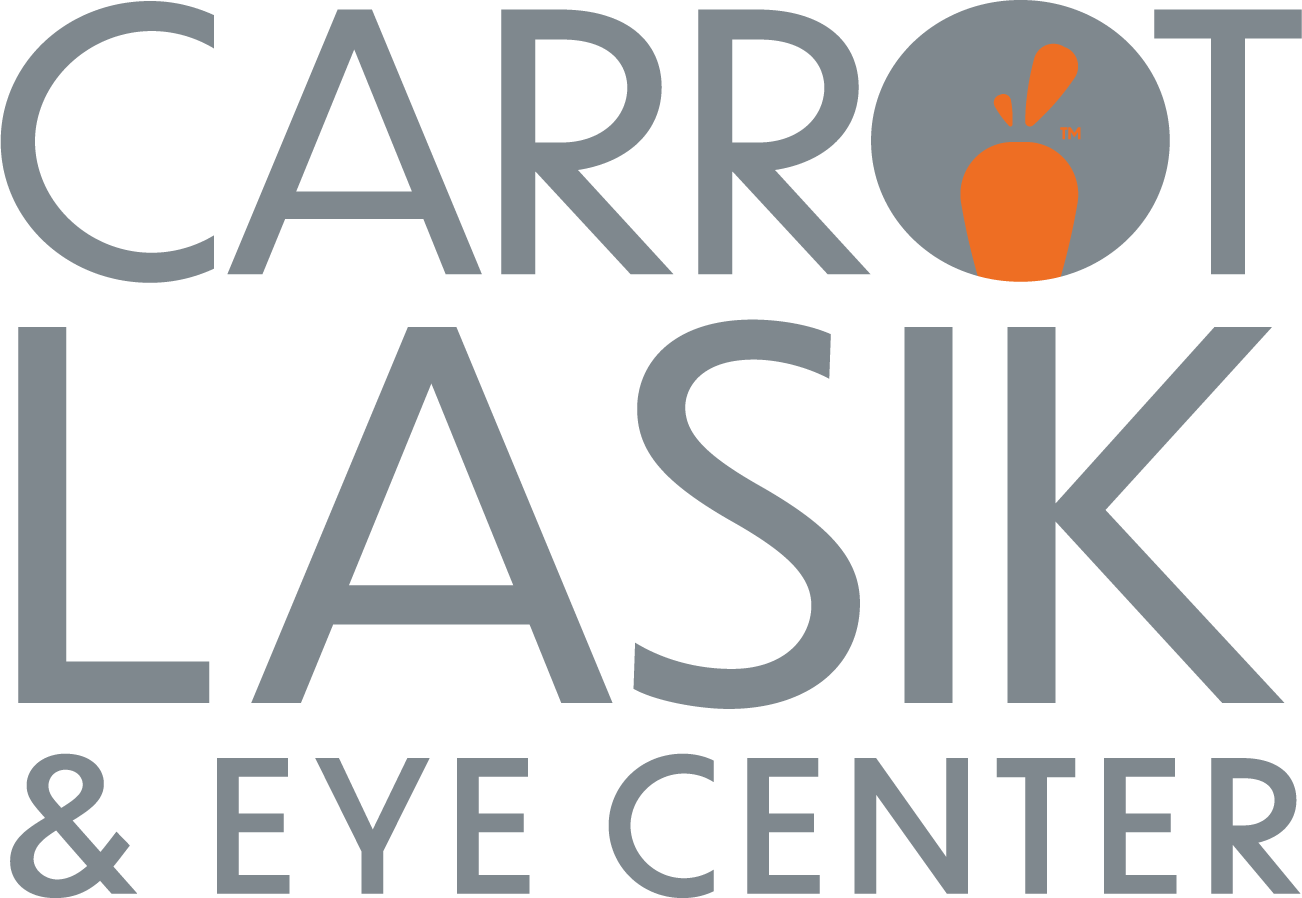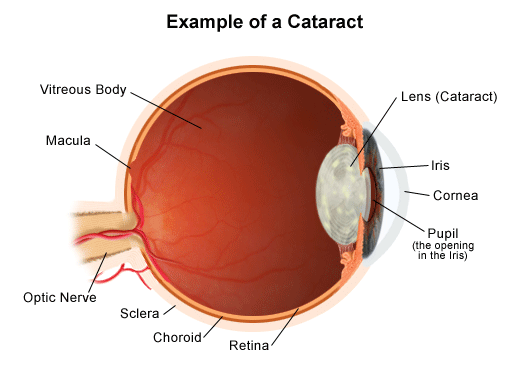Cataracts are a common eye condition that cloud vision as we age. For decades, cataract surgery has been a well-established procedure, but recent medical advances have resulted in confusion around what’s best for patients. In today’s article, we’ll breakdown the new medical advances, surgeon dilemmas, your options, and why prices feel like they are rising. Hint: your insurance companies don’t want the safest option for you.
Understanding Cataracts
Before we delve deeper into the differences between laser-assisted cataract surgery (LACS) and traditional bladed cataract surgery, let’s discuss what cataracts are.
Not just a sign of aging, cataracts significantly impact our quality of life. As we age, the eye’s natural lens begins to cloud. This will happen to every single person on earth, assuming they live long enough.
The clouding of the lens can affect anyone at any age, though usually younger people develop cataracts due to trauma. The elderly’s cataracts develop when the lens becomes less flexible, less clear, and thicker. Eventually, proteins and fibers within the lens will break down and start clumping together, creating a visible cloud. This cloud will slowly thicken and grow, resulting in blurred vision and eventual vision loss.
Cataracts usually occur in both eyes, but they don’t always develop at the same rate. With one cataract being worse than the other, vision differences will also occur.
The end results include issues with daily activities such as driving, reading, and recognizing faces. If left untreated, total blindness can occur.
The Anatomy of the Eye
To understand the nuances and fully comprehend just how much better femto-laser assisted cataract surgery is over traditional bladed cataract surgery, we need to detail the anatomy of the frontal part of the eye.
The Cornea – Light first enters through the cornea, a clear front window-like group of cells that transmits and focuses light into the eye. This is the layer where LASIK, SMILE, and PRK vision correction procedures take place to correct refractive errors.
Aqueous Humor – Next, light passes through a layer of clear liquid called the aqueous humor. This layer nourishes the eye and keeps proper eye pressure in the eye.
Pupil and Iris – We’re combining the next layer as the pupil is an artifact of the iris. The iris is the colored part of the eye which helps regulate the amount of light that enters the eye. When the iris closes, it lets less light through the pupil. When there is less light entering the eye, the iris will open, allowing lighter to pass through the pupil.
Lens – Held in place by suspensory ligaments, the lens is the primary tool for focusing the light entering the eye onto the retina. The lens is transparent and can be replaced if necessary. When people have cataracts, it is because the lens has started to become cloudy, and surgery is needed to replace the aging lens with an artificial lens.
Capsule – Also known as the lens sack, the capsule is a membrane that encompasses the lens.
Vitreous Humor – Behind the lens sits the vitreous humor. Much like the aqueous humor, the vitreous humor is a clear substance that helps keep the pressure in the eye stable and provides nutrients throughout the eye. Unlike the aqueous humor, the vitreous humor is a thick, gel-like substance and it fills the central cavity of the eye.
Retina – The Retina is a layer of nerve cells lining the back of the eye. The retina senses light and creates electrical impulses that are sent through the optic nerve into the brain for image processing. Did you know that the retina captures images upside down and the brain processes them to be right-side up? This is how babies see until their brain adapts to the flipped image!
Optic Nerve – The optic nerve is a bundle of more than one MILLION fibers that carry the electrical impulses created by the retina into the brain.
Sclera – The Sclera is the white part of the outer eye. It has two main openings, one is where the cornea and iris are located, the other is where the optic nerve enters the brain.
Traditional “Bladed” Cataract Surgery
Traditional cataract surgery, also known as “bladed” surgery, was the gold standard for decades.
Bladed cataract surgery involves making manual incisions and using specialized tools to manually break up and remove the cloudy lens. To perform traditional bladed cataract surgery, the surgeon creates a manual incision in the cornea. He then creates a circular opening in the capsule, or lens sack, and breaks up the lens by hand.
If the lens sack tears, it can lead to complications such as floaters, retinal detachments, and more. While these risks are small, they typically occur in around one in every thousand patients.
After breaking up the lens, the surgeon will use a microscopic ultrasonic cleaner to suck out the clouded lens. Next, the surgeon will insert the artificial lens inside the lens sack and orient the lens along the proper axis.
While this method is highly effective with a long history of success, there are some very notable pros and cons to consider:
Pros:
- Covered by most insurance plans
- Generally more affordable than LACS
Cons:
- Manual incisions can vary in precision
- Potential for longer recovery time and discomfort
- Potential for serious complications
- Limited customization of lens placement
Introduction to Laser-Assisted Cataract Surgery (LACS)
Laser-assisted cataract surgery (LACS) is a relatively new approach that uses laser technology to perform key parts of the procedure. The laser can create precise guidelines for the incisions through the cornea, soften and divide the lens for easier removal, adjust the cornea to help fix astigmatism, and more.
Instead of the surgeon manually creating their own incisions in the cornea, the femto-second laser will mark the cornea where the surgeon should create these incisions. After marking these incision points, the laser will create a perfect circle in the lens sack for the doctor to work in, greatly increasing the effective working area. No surgeon can create a perfect circle. With both of these incisions, the laser adapts treatment based on the patient’s biometric measurements to automatically determine incision depth, location, and length.
Next, the laser will divide and soften up the eye’s natural lens, making removal much quicker and less complicated. This will help speed up recovery times and greatly decrease the likelihood of complications with retinal detachments and floaters.
With Toric-based artificial lenses, the laser will even mark the axis alignment for the insertion of the new lens.
Pros:
- Reduced risk of complications
- Reduced recovery times
- Customization of lens placement
- Less time in the surgery room
- Astigmatism management
Cons:
- Insurance won’t cover the laser
Factors Influencing the Changing Prices
According to most insurance companies, cataract surgery is not deemed medically necessary. We disagree with that. Cataracts developed far enough will result in blindness. However, in your insurance company’s view, blindness is not a limiting factor in living a life and therefore preventing and curing blindness is not medically necessary. We can’t speak for everyone, but we’d rather give up an arm or a leg than our vision, if possible.
The result of this mindset is insurance companies are constantly reducing payouts to surgical centers and putting up steeper barriers to getting those payouts. One of those barriers is the laser-assisted version of cataract surgery. Though clearly safer, insurance companies don’t feel you need to have the safest option when it comes to your vision and therefore do not cover this crucial technology.
Implications for Patients
Unfortunately, this is where your decision is required. Do you continue with the basics that insurance will cover, just like it covered your family and friends who’ve undergone cataract surgery before this medical advancement? Or do you pay for the safer, cleaner option and opt for the laser? From our surgeons’ prospectives, they would never perform cataract surgery without the laser on their friends, family, and employees.
Conclusion
This is not an easy topic, because to us the answer is clear, but finances do play a huge role in what is available to you. The solution: insurance companies need to pay for this safer, better procedure. We constantly struggle with the dilemma of even offering traditional bladed cataract surgery just like we no longer offer bladed LASIK surgery. The lasers are that much better. While we continue to weigh the moral decisions of what is best for our patients there are actions you can take to improve the landscape. Push your employers and insurance companies to start offering coverage on the medically better version of cataract surgery.
If you’ve started developing cataracts and would like to learn more about laser-assisted cataract surgery, schedule a consultation with us today!




